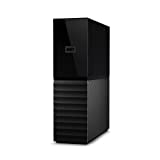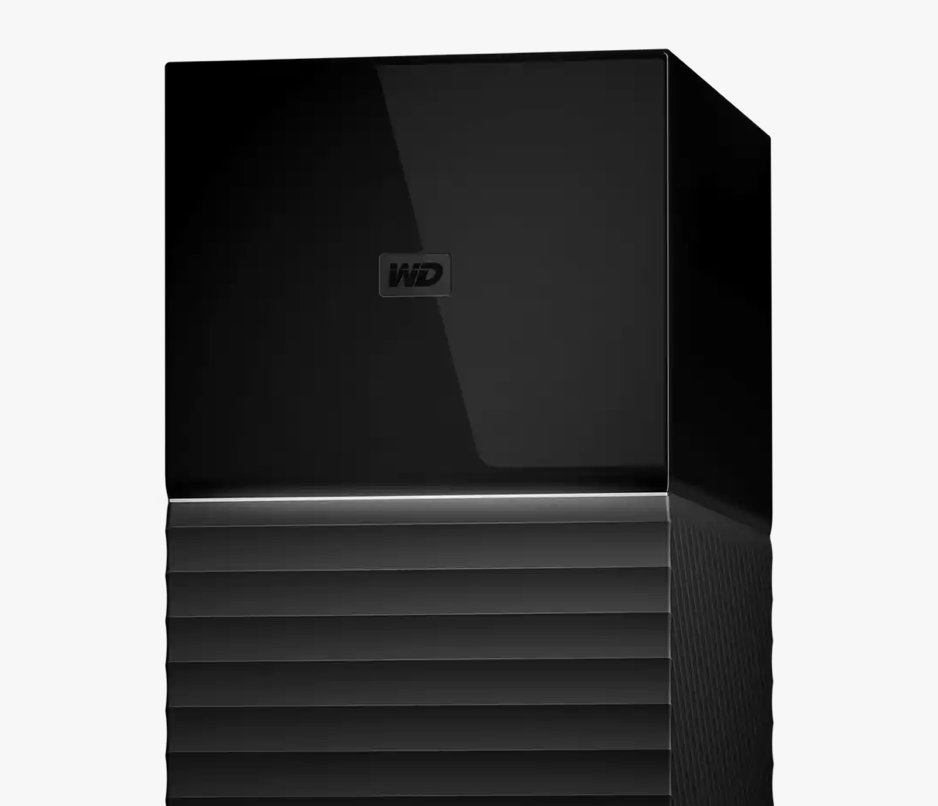
Need to store a ridiculous amount of data? Western Digital just launched a 22TB version of its My Book desktop drive, plus a 44TB configuration of the My Book Duo. These products are overkill for some people, but they could make sense if you’re a professional or hobbyist.
The WD My Book is a desktop storage solution. It plugs directly into your desktop computer for automated backups (through WD Backup and Time Machine) and manual file transfers. It also includes advanced hardware encryption, password-protected software, and cloud storage compatibility.
While the WD My Book is usually marketed as a general backup and storage tool, the new 22TB model may be ideal for gamers, musicians, filmmakers, podcasters, and other groups that regularly store and retrieve large files.
That said, your backups need backups. File redundancy ensures that you won’t lose important data, even when a hard drive kicks the bucket. If you need 22TB of storage, I strongly suggest looking into WD’s new 44TB My Book Duo.
The 44TB My Book Duo contains a pair of 22TB drives, which can be configured to RAID-1 for full file redundancy—in this RAID configuration, you can only utilize 22TB of storage, as the second 22TB drive simply mirrors the first. (You can also use the 44TB My Book duo without RAID redundancy.)
Predictably, these products are a bit expensive. The 22TB My Book drive costs $600, while the 44TB My Book Duo Is a whopping $1,100. Both products are “now available” at select retailers, according to Western Digital. But it appears that retailers are still getting their listings together, so you may need to wait a day or two.
Western Digital My Book 22TB
Store a ridiculous amount of data and back up your computer with WD’s new 22TB My Book desktop drive.
Western Digital My Book Duo 44TB
Store up to 44TB of data with Western Digital’s new My Book Duo configuration. Or, set it up in RAID-1 to store 22TB of data with full redundancy.
Source: Western Digital


